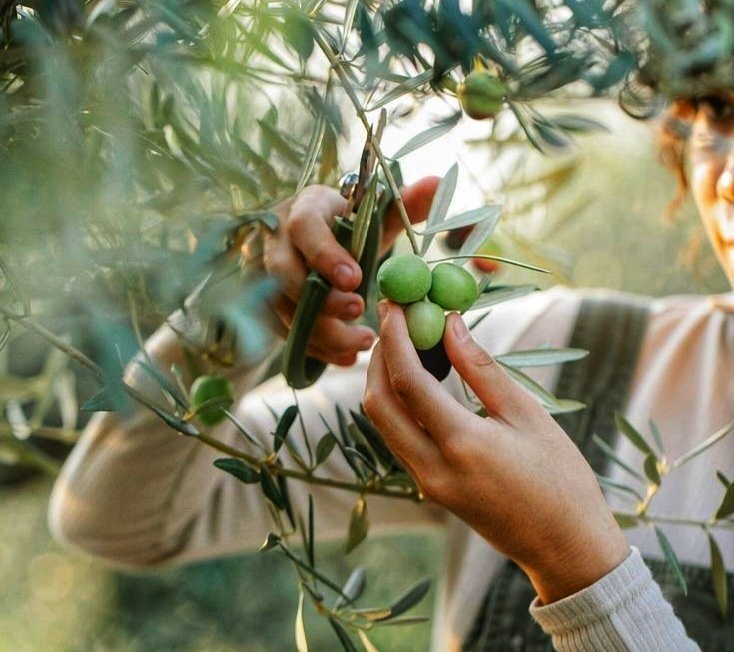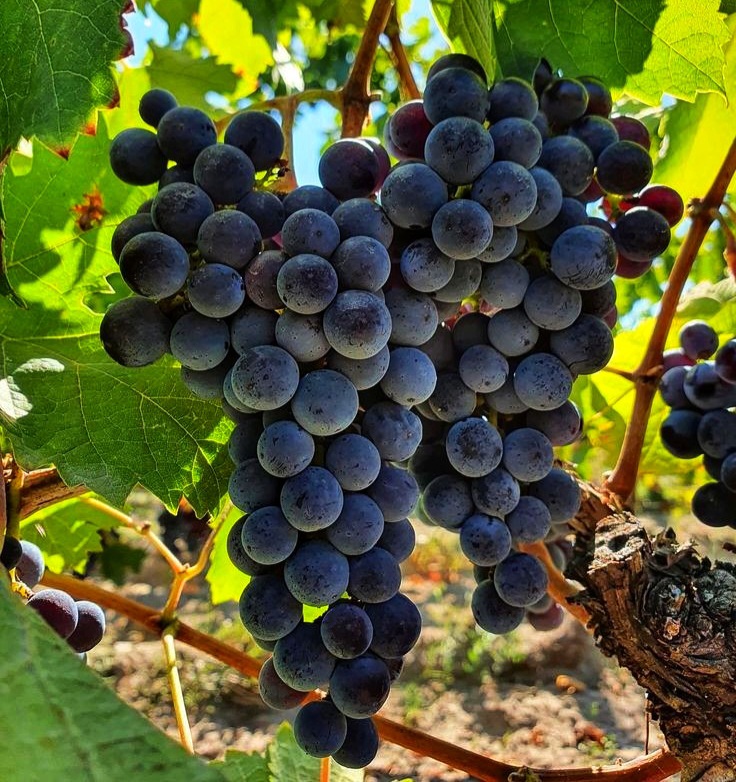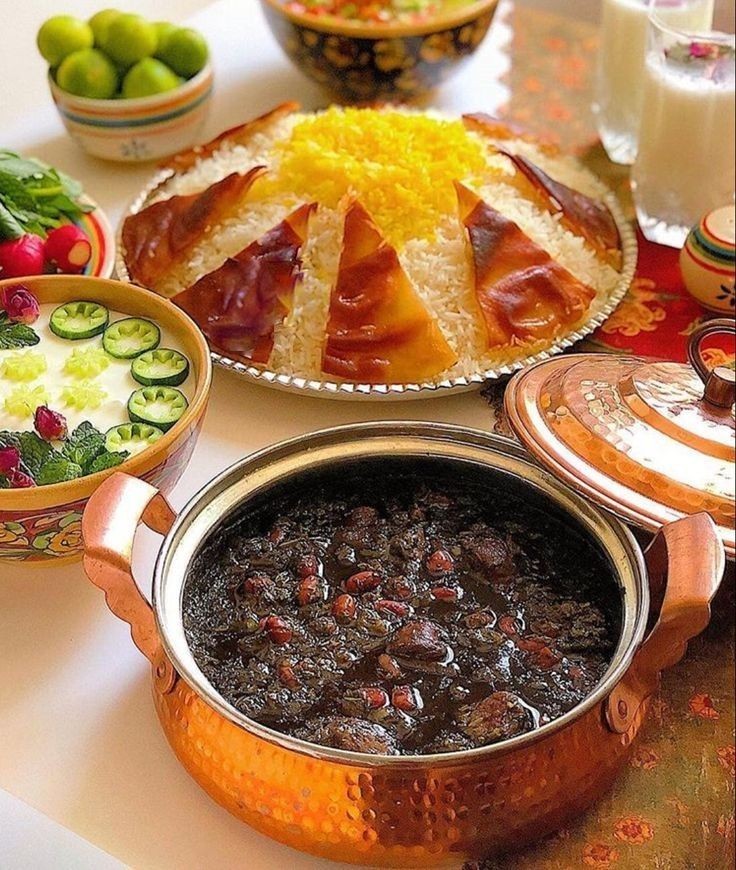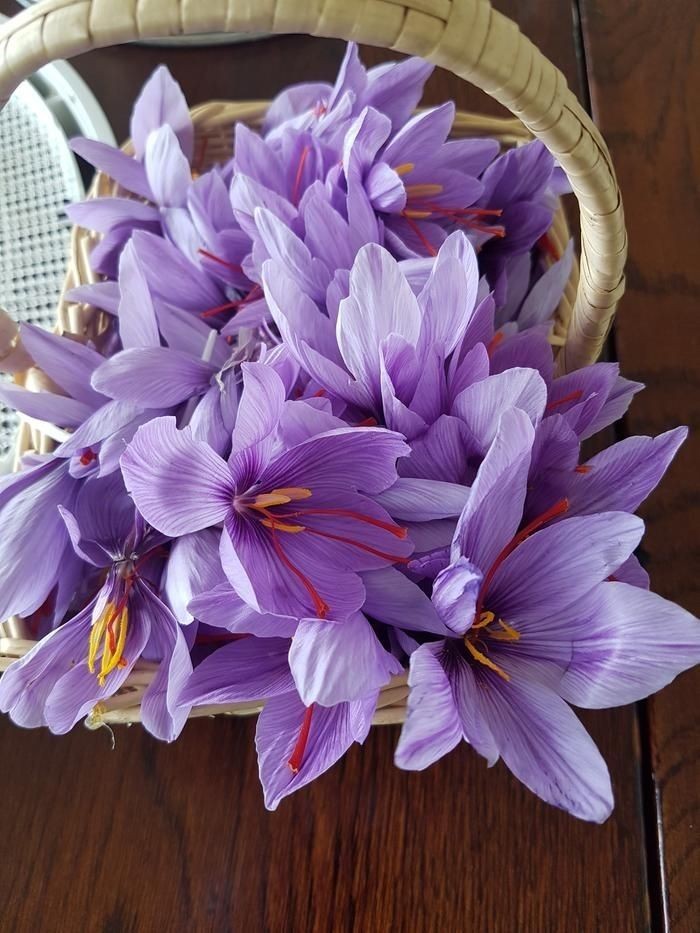Categories
The latest content
-

How to Source Iranian Black Raisins; What Global Buyers Should Know
..
-

The History of Olive Cultivation in Iran; From Ancient Roots to Global Markets
..
-

Iranian Black Raisins in Europe; Key Export Destinations, Market Insights, and Growth Potential
..
-

Iranian Chickpeas in the UAE; Market Trends, Consumer Preferences & CIF Price Insights
..

Tags
The History of Olive Cultivation in Iran; From Ancient Roots to Global Markets

Olives have been a vital part of Mediterranean and Middle Eastern agriculture for millennia, and Iran holds a unique and often underappreciated place in this story. Nestled at the crossroads of East and West, Iran's diverse climate and rich soil have supported the cultivation of olives for over 3,000 years. Today, Iranian olives are gaining renewed attention on the global stage thanks to their unique flavor, organic cultivation, and centuries-old traditions.
This article explores the fascinating history of olive cultivation in Iran—from ancient empires to modern export markets—and highlights why Iranian olives are worth knowing, tasting, and importing.
Olives in the Cradle of Civilization
Iran, historically known as Persia, has been one of the earliest cradles of agriculture. Archaeological findings suggest that olives were cultivated in parts of what is now modern Iran as early as the first millennium BCE. Evidence of olive trees and oil presses has been discovered in ancient sites, particularly in the western and northern regions of the country.
The Achaemenid Empire (550–330 BCE) recognized the value of olives for their multi-purpose utility. Olive oil was used in cooking, medicine, skin care, and lighting. The use of olive oil in temples and royal ceremonies also reflects its cultural importance.
The Spread and Sacredness of the Olive Tree
In ancient Persia, olive trees were often planted near temples, homes, and palaces—not only for their economic value but also as symbols of peace, longevity, and divine favor. The tree’s ability to survive drought and poor soil gave it a mythical reputation among local farmers and spiritual leaders alike.
Traditional Iranian poetry and folk stories even make references to olive trees as symbols of life, resilience, and blessing. This spiritual symbolism still exists in parts of rural Iran, where families treat century-old olive trees with reverence, often passing them down as family heirlooms.
Olive-Producing Regions in Iran
Iran’s climate varies widely across regions, but certain provinces are especially suitable for olive cultivation. The most notable olive-producing areas include:
• Gilan & Mazandaran (north) – Humid regions with ancient traditions of pickled olives and olive oil
• Zanjan & Qazvin (northwest) – Famous for their large-scale commercial farms and government-backed research centers
• Golestan & Kermanshah – Known for traditional olive farming and organic practices
• Fars & Kerman (south-central) – Emerging olive-growing areas with promising export potential
These regions have invested in both traditional and modern olive farming techniques, creating a unique blend of heritage agriculture and scientific innovation.
Culinary and Medicinal Legacy
In Iranian cuisine, olives are much more than a side dish. They are used in stews (khoresh), salads, appetizers, and especially in pickled form. One of the most beloved Persian appetizers is Zeytoun Parvardeh—a marinated olive dish with pomegranate paste, garlic, walnuts, and herbs—a signature of northern Iran’s culinary genius.
Traditionally, olive oil was also used in Persian medicine for its anti-inflammatory, digestive, and antibacterial properties. Iranian physicians like Avicenna (Ibn Sina) referred to olive oil in medical texts, praising its role in skin care and internal health.
The Modern Era: Revival and Global Expansion
In the past few decades, Iran has invested heavily in expanding and modernizing its olive industry. Government programs have encouraged:
• Expansion of olive orchards in arid and semi-arid regions
• Introduction of high-yield and disease-resistant olive cultivars
• Training farmers in international agricultural standards
• Building oil extraction facilities and cold-press units
• Gaining organic and export certifications for global trade
Today, Iran ranks among the top olive producers in Asia and the Middle East. While much of the production is consumed domestically, a growing portion is exported to countries such as Iraq, Russia, UAE, India, and European markets.
Tamila Agrifood’s Commitment to Iranian Olive Heritage
At Tamila Agrifood Company, we are proud to continue this ancient tradition by working closely with trusted olive growers in Iran’s most fertile regions. We supply premium table olives and cold-pressed olive oil to international buyers, retailers, and distributors who value quality, authenticity, and heritage.
Whether you're a wholesaler seeking bulk Iranian olives or a gourmet food company exploring new flavors, our products connect you to a deep cultural and agricultural legacy—one that began thousands of years ago under the Persian sun.
Conclusion
The story of olive cultivation in Iran is one of resilience, tradition, and opportunity. As the world rediscovers the richness of Persian agriculture, Iranian olives are beginning to claim their rightful place on international shelves. From ancient rituals to modern markets, the olive tree remains a symbol of Iran’s enduring connection to the land—and a delicious gift to the world.



